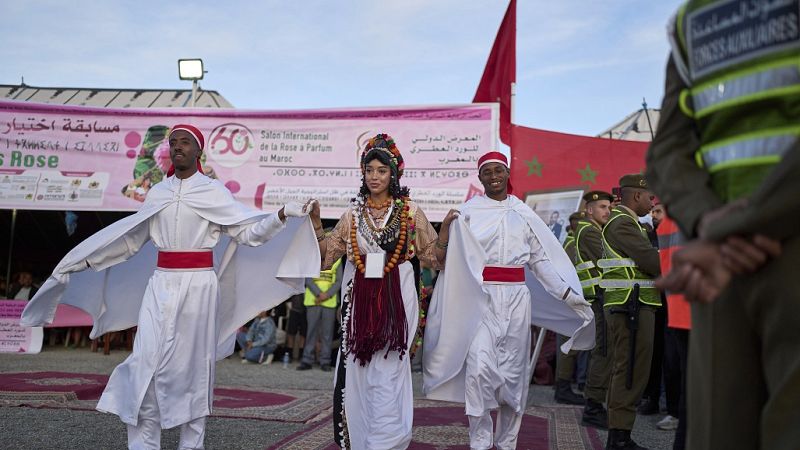A Celebration of Cultural Heritage and Artistic Expression
The National Festival of Popular Arts stands as a significant cultural event in Morocco, held annually in the vibrant city of Marrakech. Organized under the supervision of the Ministry of Youth, Culture, and Communication, this festival plays a vital role in promoting and preserving the country’s artistic and cultural legacy.
Preserving Intangible Heritage
At the heart of the festival is its commitment to safeguarding Morocco’s intangible heritage. This includes traditional music, dance, storytelling, and other forms of folk expression that have been passed down through generations. By showcasing these elements, the festival ensures that the unique cultural identity of Morocco remains alive and relevant in an ever-evolving world.
A Platform for Regional Artistic Groups
One of the most remarkable aspects of the festival is the participation of artistic groups from all corners of Morocco. These groups bring their distinct regional traditions to the forefront, offering audiences a glimpse into the diverse cultural fabric of the country. Each performance is a celebration of authenticity, reflecting the deep-rooted customs and practices that define Moroccan heritage.
Historic Venues and Iconic Locations
The festival is not only about the performances but also about the spaces where they take place. Many of the events are held in historic venues and well-known landmarks, such as El Badi Palace and Jemaa El-Fnaa Square. These locations add a layer of historical significance to the performances, creating an immersive experience that connects the past with the present.
Bridging Tradition and Modernity
The festival serves as a dynamic platform that bridges the gap between traditional art forms and contemporary expressions. It encourages artists to explore new ways of presenting their work while staying true to their roots. This balance between old and new helps to keep Moroccan culture vibrant and adaptable to modern influences.
Fostering Intergenerational Exchange
Another key aspect of the festival is its role in fostering intergenerational exchange. It brings together artists and audiences of all ages, creating opportunities for dialogue and learning. Younger generations can engage with traditional art forms, gaining a deeper appreciation for their cultural heritage. At the same time, seasoned artists have the chance to share their knowledge and skills, ensuring that these traditions continue to thrive.
Strengthening National Identity
Through its various activities and events, the festival contributes to the strengthening of national identity. It promotes a sense of belonging among participants and spectators alike, reinforcing the idea that cultural heritage is a shared value. The festival also highlights the importance of unity and diversity, showcasing how different regions and communities contribute to the broader Moroccan identity.
Conclusion
In summary, the National Festival of Popular Arts is more than just an event; it is a powerful expression of Morocco’s cultural richness and diversity. By preserving traditional arts, providing a platform for regional groups, and fostering meaningful interactions, the festival plays a crucial role in maintaining the country’s cultural legacy. It is a testament to the enduring power of art and the importance of celebrating one’s heritage in a rapidly changing world.






